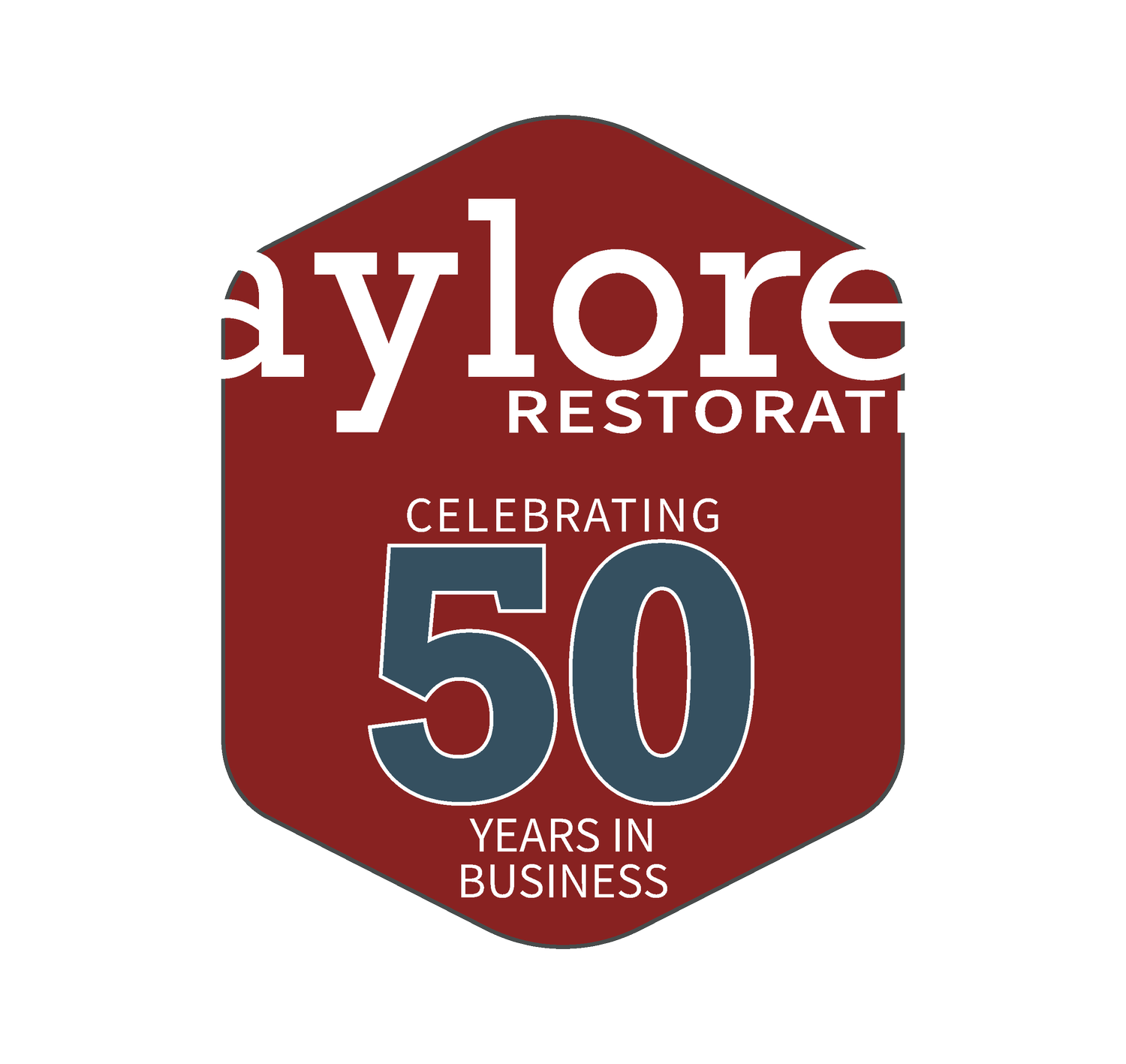Energy-Efficient Upgrades Every Alaskan Home Needs
How to Save Money and Stay Warm Year-Round
Living in Alaska comes with unique challenges—harsh winters, extreme temperatures, and high energy costs can take a toll on homeowners. That’s why making energy-efficient upgrades to your home isn’t just a luxury; it’s a necessity. These improvements can reduce your utility bills, keep your home warmer in the winter, and lower your environmental impact—all while increasing the long-term value of your property.
If you're looking for practical ways to make your home more energy-efficient, here are the best upgrades that every Alaskan homeowner should consider.
1. Upgrade to Energy-Efficient Windows and Doors
Why It Matters:
Old, single-pane windows and drafty doors can be responsible for 30% or more of heat loss in your home. This means higher heating bills and colder indoor temperatures.
✅ Upgrade to triple-pane, Low-E windows to retain heat and reduce drafts.
✅ Weatherstrip and caulk around doors and windows to prevent air leaks.
✅ Consider storm doors to add an extra layer of insulation.
💡 Pro Tip: The upfront cost of new windows and doors is an investment, but Alaskan homeowners often qualify for rebates and tax incentives for energy-efficient window upgrades.
2. Improve Insulation in Walls, Attics, and Basements
Why It Matters:
Proper insulation keeps your home warm in winter and cool in summer, reducing your energy consumption by up to 40%.
✅ Check attic insulation levels—heat rises, and a poorly insulated attic is a major source of heat loss.
✅ Upgrade to spray foam or fiberglass insulation for better performance in extreme cold.
✅ Insulate your basement and crawlspace to keep cold air from seeping in.
💡 Pro Tip: If your home was built before the 1980s, there’s a good chance it doesn’t have adequate insulation—an upgrade can save thousands over time.
3. Install a High-Efficiency Heating System
Why It Matters:
Many Alaskan homes still rely on outdated oil or electric heaters that are expensive to run. Modern high-efficiency heating systems can dramatically cut energy costs.
✅ Upgrade to an ENERGY STAR®-rated furnace or boiler for maximum efficiency.
✅ Consider a high-efficiency wood stove or pellet stove for additional heating support.
✅ Switch to a heat pump system, which uses less electricity than traditional heating.
💡 Pro Tip: Heat pumps are a game-changer for energy savings. Cold climate heat pumps are now designed to function efficiently even in extreme sub-zero temperatures.
4. Seal Air Leaks & Install Smart Ventilation
Why It Matters:
Air leaks force your heating system to work harder, increasing your energy bill. Sealing leaks improves efficiency and indoor air quality.
✅ Use expanding foam or caulk to seal cracks around windows, doors, and outlets.
✅ Seal ductwork joints to prevent heat loss from your HVAC system.
✅ Install a heat recovery ventilator (HRV) to bring in fresh air without losing heat.
💡 Pro Tip: A professional energy audit can pinpoint air leaks and show you where to make upgrades for the biggest savings.
5. Upgrade to LED Lighting & Smart Home Technology
Why It Matters:
Lighting accounts for about 10-15% of a home’s energy use, and traditional incandescent bulbs waste a lot of energy.
✅ Switch to LED bulbs, which last 25x longer and use 80% less energy.
✅ Install smart thermostats, like Nest or Ecobee, to optimize heating efficiency.
✅ Use smart power strips to reduce "phantom energy" from appliances in standby mode.
💡 Pro Tip: Smart thermostats can lower heating costs by up to 15% by learning your schedule and adjusting temperatures accordingly.
6. Upgrade Your Water Heating System
Why It Matters:
Water heating accounts for about 20% of a home’s energy use. Older water heaters are inefficient and costly, especially in Alaska.
✅ Install a tankless water heater to provide hot water on demand and reduce wasted energy.
✅ Use water heater blankets on older tanks to improve efficiency.
✅ Consider a solar water heating system for additional savings.
💡 Pro Tip: A tankless water heater can save up to 34% on water heating costs, especially in homes that use less than 41 gallons of hot water per day.
7. Invest in Renewable Energy (Solar or Wind Power)
Why It Matters:
While solar energy in Alaska might seem surprising, many homeowners successfully use solar panels or wind turbines to supplement their power needs.
✅ Solar panels can work in Alaska, even during shorter winter days, by capturing daylight and storing energy.
✅ Wind turbines can be a great option for homes in open, windy areas.
✅ Battery storage systems allow homeowners to store excess energy for later use.
💡 Pro Tip: Federal tax credits and state incentives can help offset the cost of solar and wind energy installations.
Final Thoughts: Make Your Home More Energy-Efficient Today
Upgrading your home’s energy efficiency isn’t just about saving money—it’s about staying warm, reducing your environmental impact, and increasing your home’s value.
If you're considering energy-efficient upgrades for your Alaskan home, Taylored Restoration can help! From insulation and heating improvements to window upgrades and air sealing, we provide expert solutions tailored to your needs.
💡 Want a free energy audit or consultation? 📞 Call Us | 🌐 Visit Our Website

